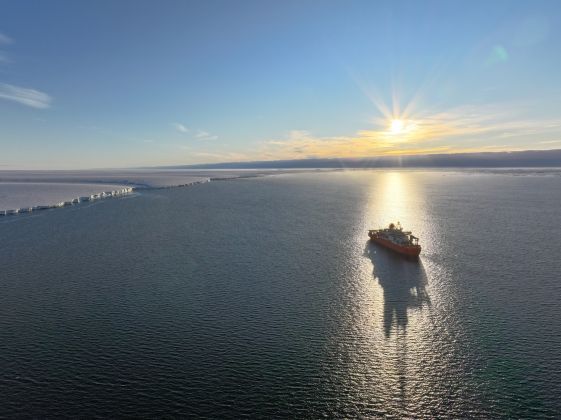Recent record summer lows in Antarctic sea ice provide a window into a future warmer climate with more extreme events — but what are the impacts we can expect?
An international team of 25 including oceanographers, biologists, and biogeochemists – mostly from Tasmanian institutions – have synthesised the impacts of Antarctic summer sea-ice extremes on ocean currents, ice shelves, wildlife, and shipping access.
Lead author Dr Edward Doddridge, of the Australian Antarctic Program Partnership at the University of Tasmania (UTAS), said the synthesis in PNAS Nexus brings together current knowledge of the sea-ice system.
“However, while our knowledge of the southern polar region and its ecosystems is increasing, we don’t yet sufficiently understand the baseline system to predict how it will respond to the dramatic changes we’re already observing.”
“Because sea ice is the interface between the atmosphere and ocean, the system is complex and difficult to predict – not to mention difficult for scientists to access to gather information,” he said.
To read the full article, click the link below: Antarctic summer sea ice: impacts of extreme lows | University of Tasmania

